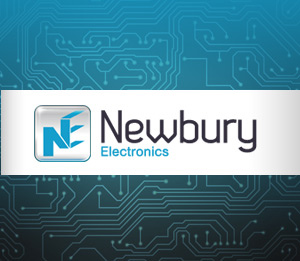
Short History of PCB Assembly
The development of PCB assembly (Printed Circuit Boards) has its roots in the early 20th century with a number of different experiments by different inventors including Albert Hanson, Thomas Edison, Arthur Berry, Max Schoop and Charles Durcase. It was in 1936 when the engineer Paul Eisler undertook PCB assembly and invented the printed circuit as part of a radio set that the concept gathered momentum.
The technology was then used on a large scale during World War II for making proximity fuse and after the war began being used commercially, but they did not become commonplace in consumer electronics until the middle of the 50s.
Originally, all electronic components had wire leads and during PCB assembly, holes were drilled into the circuit boards for each wire of each component which went through holes and were soldered to the PCB. In 1949, a process was developed were component leads were inserted into a copper foil interconnection pattern and then soldered and this concept evolved into the standard PCB assembly process that is used today.
These days, with the prevalence of smaller electronics such as video game handhelds, iPods and smartphones, the use of surface mount parts for PCB assembly has increased in popularity due to the demand for smaller products with increased functionality.

